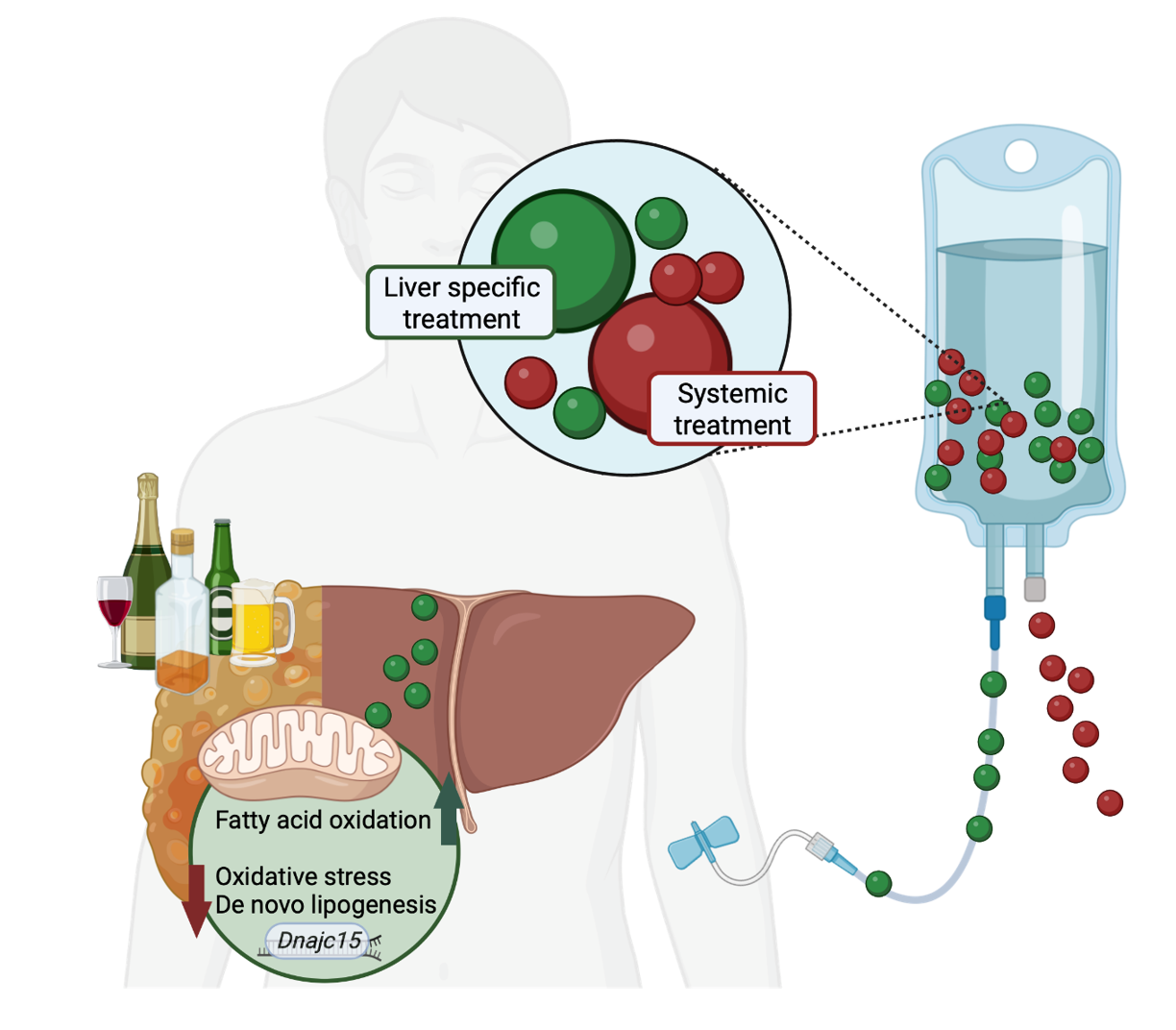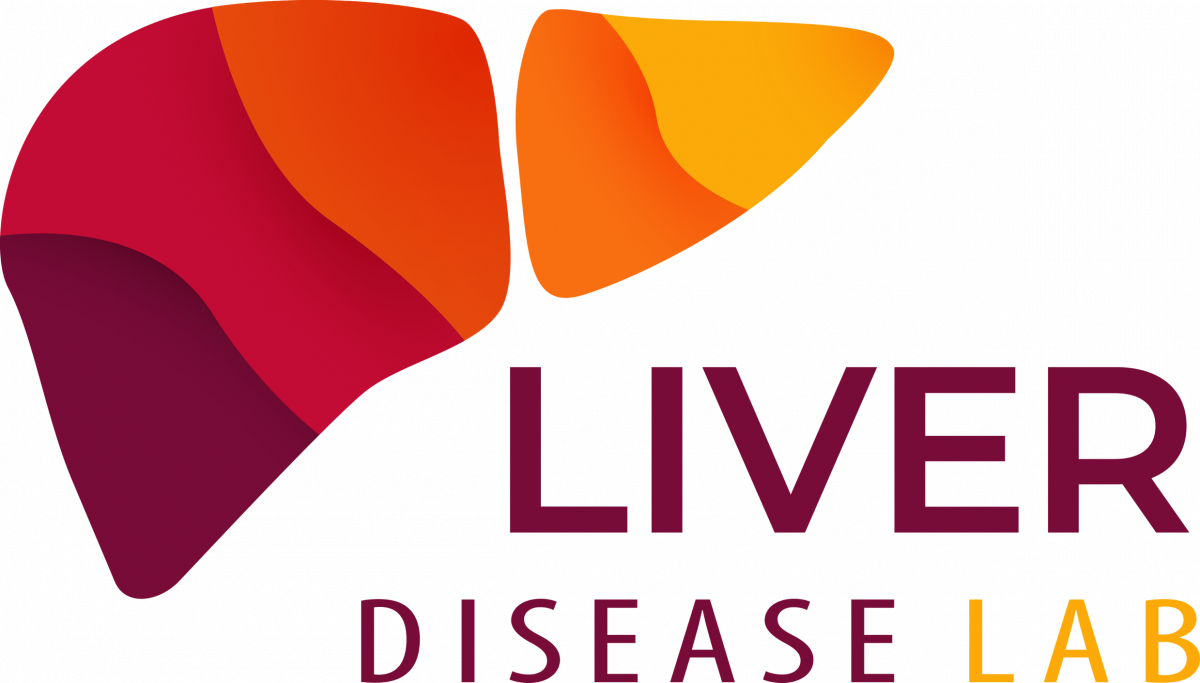
2023/05/11
Mitochondrial activity, a new therapeutic target for alcohol-induced liver disease
Researchers from CIC bioGUNE, CABIMER, CIBEREHD, CIBERDEM and other national and international centres identify that mitochondrial activity associated with alteration of the MCJ protein may be a cause of alcohol-induced liver failure.
Alcohol-related liver disease is one of the most common liver diseases worldwide and a major cause of morbidity and mortality. The work has been published in the journal Hepatology.
Researchers from CIC bioGUNE, CABIMER, CIBEREHD and CIBERDEM, together with professionals and researchers from other national and international centers, have identified that mitochondrial activity associated with alteration of the MCJ protein may be a cause of alcohol-induced liver failure.
The RNA interference technology with MCJ used in the study opens up new therapeutic opportunities in the field of personalized medicine. Current treatments are mainly based on alleviating the symptoms caused by the pathology in patients with alcohol-induced damage. The research has been published in the journal Hepatology.
Alcohol-related liver disease is one of the most common liver diseases worldwide and a leading cause of morbidity and mortality. Globally, alcohol use is the most common substance abuse disorder, with around 2 million people affected by alcohol-related liver disease, according to the World Health Organization. Although often a preventable cause of death, alcoholic liver disease is responsible for up to 60-80% of liver-related mortality in Europe and is currently the leading indication for liver transplantation in the United States. It is a clinical syndrome that encompasses a broad spectrum of liver diseases, ranging from simple steatosis to steatohepatitis, liver fibrosis, cirrhosis and even hepatocellular carcinoma.
The work describes the development of RNA interference linked to the regulation of the MCJ protein, which is found in mitochondria, the nerve centers of cellular respiration and energy production. This development represents a new therapeutic approach to the treatment of alcohol-induced disease, for which there is currently no treatment.
One of the first signs of alcohol-induced hepatocyte injury is morphological and functional changes in mitochondria. “In this study, we set out to determine whether a lack of MCJ would alleviate alcohol-induced liver damage and halt its progression by preventing mitochondrial dysfunction. Liver-specific silencing of MCJ using RNA interference proved to be hepatoprotective, as it reduced liver damage and enabled liver regeneration,” Dr. Malu Martínez Chantar and Dr. Naroa Goikoetxea, researchers in the “Liver Disease laboratory” at CIC bioGUNE , explain. Taken together, the results obtained with liver-specific silencing of MCJ support the possibility of targeting mitochondrial dysfunction as a therapeutic strategy to improve alcohol-related liver disease and the systemic complications associated with it.
The study, published in the prestigious journal Hepatology, and whose first author is Dr. Naroa Goikoetxea, has been led by Dr. Malu Martínez Chantar and Dr. Franz Martin from CIC bioGUNE and the Andalusian Center for Molecular Biology and Regenerative Medicine (CABIMER), respectively, and has been developed in close collaboration with a multidisciplinary consortium that includes national and international researchers from hospitals and basic and translational research centers.
Reference: Naroa Goikoetxea-Usandizaga, Miren Bravo, Leire Egia-Mendikute, Leticia Abecia, Marina Serrano-Maciá, Rocío G Urdinguio, Marc Clos-García, Rubén Rodríguez-Agudo, Raquel Araujo-Legido, Lucía López-Bermudo, Teresa C Delgado, Sofía Lachiondo-Ortega, Irene González-Recio, Clàudia Gil-Pitarch, Ainize Peña-Cearra, Jorge Simón, Raquel Benedé-Ubieto, Silvia Ariño, Jose M Herranz, Mikel Azkargorta, Julio Salazar-Bermeo, Nuria Martí, Marta Varela-Rey, Juan M Falcón-Pérez, Óscar Lorenzo, Rubén Nogueiras, Félix Elortza, Yulia A Nevzorova, Francisco J Cubero, Domingo Saura, Luis Alfonso Martínez-Cruz, Guadalupe Sabio, Asís Palazón, Pau Sancho-Bru, Natalia Elguezabal, Mario F Fraga, Matías A Ávila, Ramón Bataller, José J G Marín, Franz Martín, María Luz Martínez-Chantar. Hepatology 2023, DOI: 10.1097/HEP.0000000000000303
About CIC bioGUNE
The Centre for Cooperative Research in Biosciences (CIC bioGUNE), member of the Basque Research & Technology Alliance (BRTA), located in the Bizkaia Technology Park, is a biomedical research organisation conducting cutting-edge research at the interface between structural, molecular and cell biology, with a particular focus on generating knowledge on the molecular bases of disease, for use in the development of new diagnostic methods and advanced therapies.
About CABIMER
The Andalusian Centre for Molecular Biology and Regenerative Medicine (CABIMER) is a pioneering multidisciplinary research centre in biomedicine in Spain, combining basic and applied research with the aim of transforming the results of scientific work into direct improvements in the health and quality of life of society at large. CABIMER is a joint institute made up of the Regional Ministries of Economic Transformation, Industry, Knowledge and Universities and Health and Families, the CSIC, and the Universities of Seville and Pablo de Olavide.
About the CIBER
The Consortium of Biomedical Network Research Centres (CIBER) is a public research consortium created on the initiative of the Instituto de Salud Carlos III / Carlos III Health Institute, of the Ministry of Science and Innovation, to further research of excellence in biomedicine and health sciences conducted within the National Health System and the Science and Technology System. The scientific programme of the CIBER is organised around 13 thematic areas of research, including the area of Liver Diseases (CIBEREHD) and Diabetes and Associated Metabolic Diseases (CIBERDEM).
About BRTA
BRTA is an alliance of 4 collaborative research centres (CIC bioGUNE, CIC nanoGUNE, CIC biomaGUNE y CIC energiGUNE) and 12 technology centres (Azterlan, Azti, Ceit, Cidetec, Gaiker, Ideko, Ikerlan, Lortek, Neiker, Tecnalia, Tekniker and Vicomtech) with the main objective of developing advanced technological solutions for the Basque corporate fabric.
With the support of the Basque Government, the SPRI Group and the Provincial Councils of the three territories, the alliance seeks to promote collaboration between the research centres, strengthen the conditions to generate and transfer knowledge to companies, contributing to their competitiveness and outspreading the Basque scientific-technological capacity abroad.
BRTA has a workforce of 3,500 professionals, executes 22% of the Basque Country's R&D investment, registers an annual turnover of more than 300 million euros and generates 100 European and international patents per year.

See a large version of the first picture





